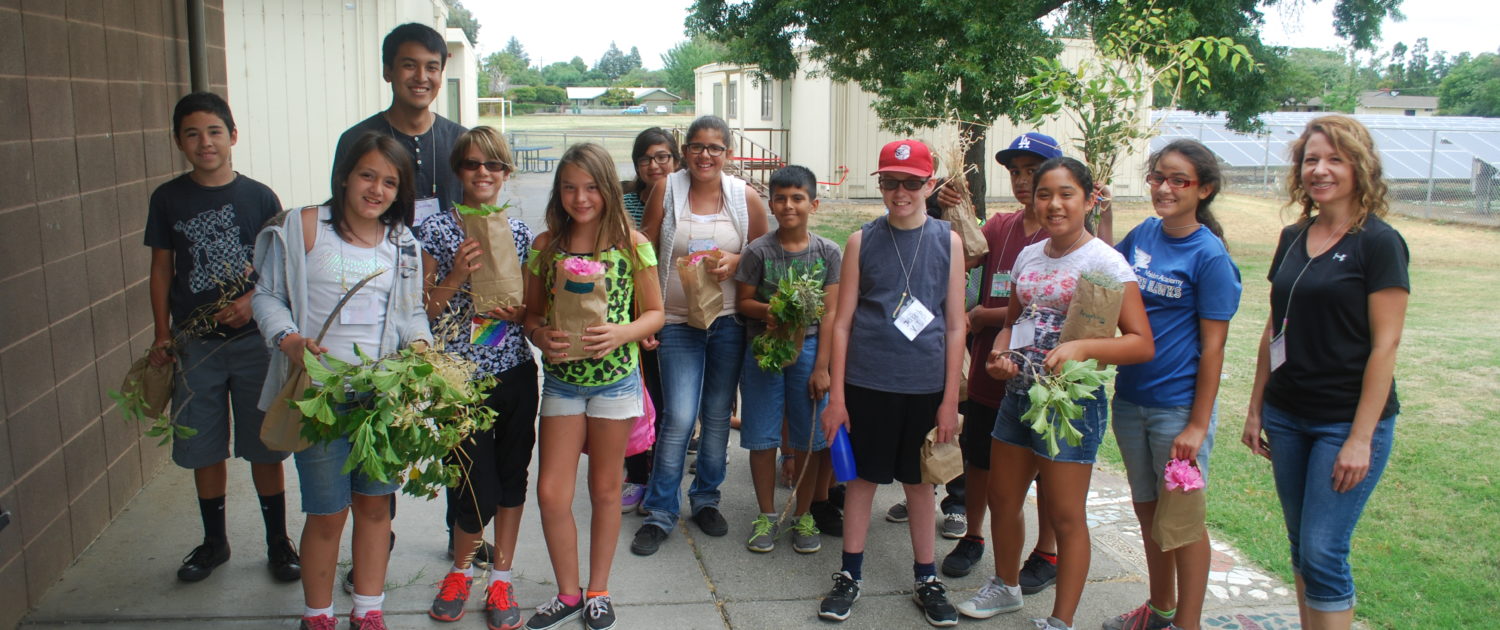Why Quality Summer Programs Last at Least One Month
Educators often ask why we recommend that summer learning programs last at least one month. This suggestion is one of the six signs of a great summer learning program and is featured in our latest video, Summer Learning – An Inspiring Alternative to Summer School.
Here are five reasons why duration matters:
Summer Programs Provide a Safe Environment
Summer Learning Programs are more than childcare. These programs provide academic instruction while keeping students engaged, but parents and families also rely on these programs to provide a safe place for their child while they are at work. Nationally, the average family spends $288 per week on summer learning programs. That makes childcare for the entire summer prohibitively costly for many families.
Academic Outcomes Improve with Increased Duration
Here’s an excerpt from Summer Starts in September (Page 104 – Total Hours of Programming) “Although summer learning research isn’t definitive on optimum program duration, it seems to suggest that at least 120 hours of programming per summer for two consecutive summers can position a program to achieve maximum youth outcomes. You may ask how much of that time needs to be dedicated to academic instruction in order to achieve measurable gains in reading or math over the course of the summer. There is also no definitive answer to that question, but it is clear that youth benefit from an array of experiences in the summer and that incorporating intentional academic instruction into 2-3 hours per day is very often enough to produce gains. In the best case scenario, summer programs are designed to reinforce key concepts throughout an entire program day and across multiple disciplines. So even though youth might not be sitting in a desk or doing what looks like “schoolwork,” they are learning by doing and thinking critically throughout the entire day.”
There is More than One Way to Achieve High Duration
The following excerpt from Making Summer Count (Page 34 – Sufficient Duration) suggests that sufficient dosage can be obtained through the length of the day or the number of days. Assuming the program is engaging, the longer it is the better. “Research shows a link between dosage and achievement outcomes; however, it does not clearly specify the appropriate duration for summer programs. McLaughlin and Pitcock (2009) recommend that programs be a minimum of 80 hours in total, while Winship et al. (2005) recommend that programs be constructed with a much higher number of hours (360)—nine hours a day, five days a week, for eight weeks.”
Program Quality in Regards to Duration can be Measured
The following excerpt from The Comprehensive Assessment of Summer Programs (CASP) suggests a scale or rubric to score duration. The tool also scores 79 other items.
“Item 22: Planning / Total Hours of Programming:
1- Program offers less than 80 hours of programming to each youth.
2- Program offers a minimum of 80 hours of programming to each youth.
3- Program offers a minimum of 120 hours of programming to each youth.
4- Program offers a minimum of 150 hours of programming to each youth.”
Continuous Improvement is Possible for any Program
Duration is a lot like staff to youth ratio and other challenging CASP indicators. People struggle with how to achieve 1:8, when 1:20 is more common. The position we take at Summer Matters is that research points to these things making a difference, but each program has to set their own goals and priorities. How long is your summer program? Is there a need to make it longer?



